Latest Updates
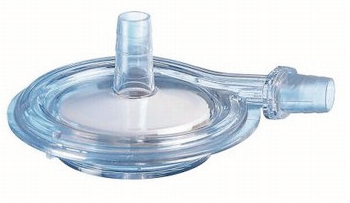
Extracorporeal Membrane Oxygenation
- Extracorporeal membrane oxygenation (ECMO) is an advanced form of life support that has undergone explosive growth in its use over the past decade.
- Advancement in the design of the circuit oxygenator has been the major technological improvement in ECMO. This has allowed for longer durations of support without damaging the red blood cells.
- The indications for ECMO continue to expand with active growth in ECMO as a bridge to heart and lung transplantation and left ventricular assist device placement for refractory heart failure and as a rescue modality during cardiopulmonary resuscitation.
- Continued research is needed to standardize ECMO practices and protocols to improve survival.
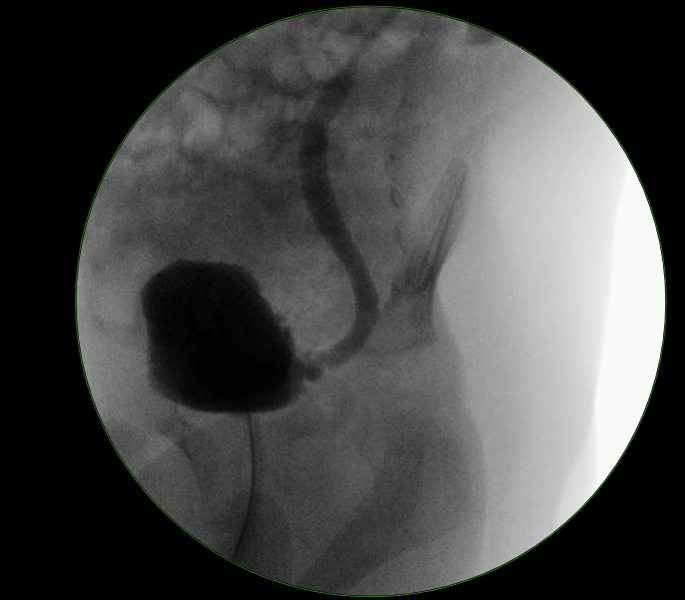
Endoscopic Correction of Vesicoureteral Reflux
- The appropriate endpoint of endoscopic correction of vesicoureteral reflux is elimination of hydrodistension and at least 1 mL bulking substance per ureter
- The double hydrodistension implantation technique is the most effective method of endoscopic injection
- The timing of vesicoureteral reflux is the most important factor in predicting spontaneous reflux resolution
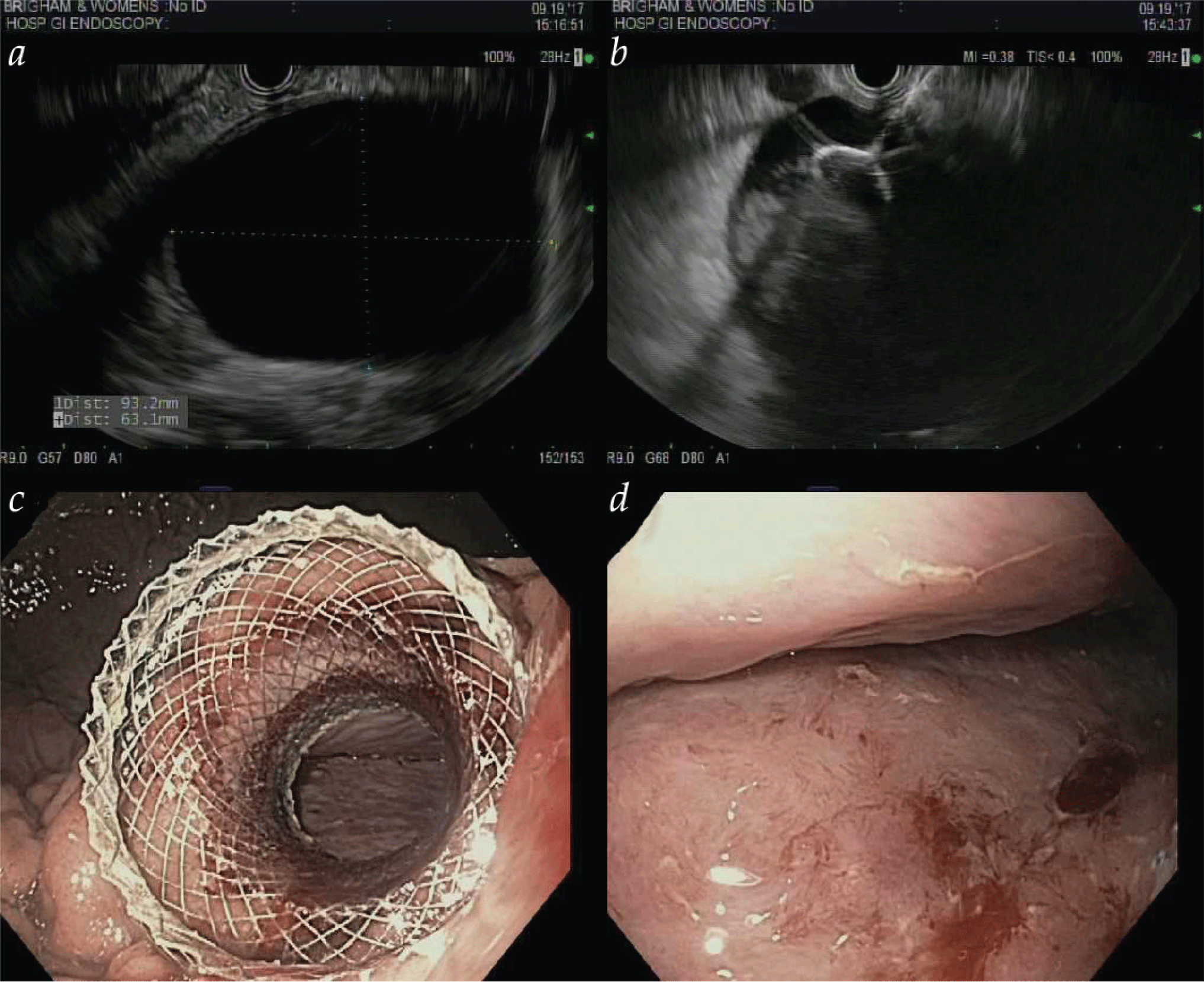
- Endoscopic techniques such as endoscopic mucosal resection and endoscopic submucosal dissection allow for resection of superficial mucosal neoplasms throughout the gastrointestinal tract.
- Multimodality endoscopic eradication therapy involves combining endoscopic mucosal resection and radiofrequency ablation to achieve complete eradication of Barrett esophagus.
- Peroral endoscopic myotomy has been developed as a minimally invasive endoscopic alternative to Heller myotomy in the treatment of achalasia.
- Novel endoscopic techniques allow for drainage of pseudocysts and walled-off pancreatic necrosis and create connections between luminal gastrointestinal structures.
- Novel endoscopic techniques exist in both primary management of patients with obesity and management of complications of bariatric surgery.

- Endoscopic techniques such as endoscopic mucosal resection and endoscopic submucosal dissection allow for resection of superficial mucosal neoplasms throughout the gastrointestinal tract.
- Multimodality endoscopic eradication therapy involves combining endoscopic mucosal resection and radiofrequency ablation to achieve complete eradication of Barrett esophagus.
- Peroral endoscopic myotomy has been developed as a minimally invasive endoscopic alternative to Heller myotomy in the treatment of achalasia.
- Novel endoscopic techniques allow for drainage of pseudocysts and walled-off pancreatic necrosis and create connections between luminal gastrointestinal structures.
- Novel endoscopic techniques exist in both primary management of patients with obesity and management of complications of bariatric surgery.
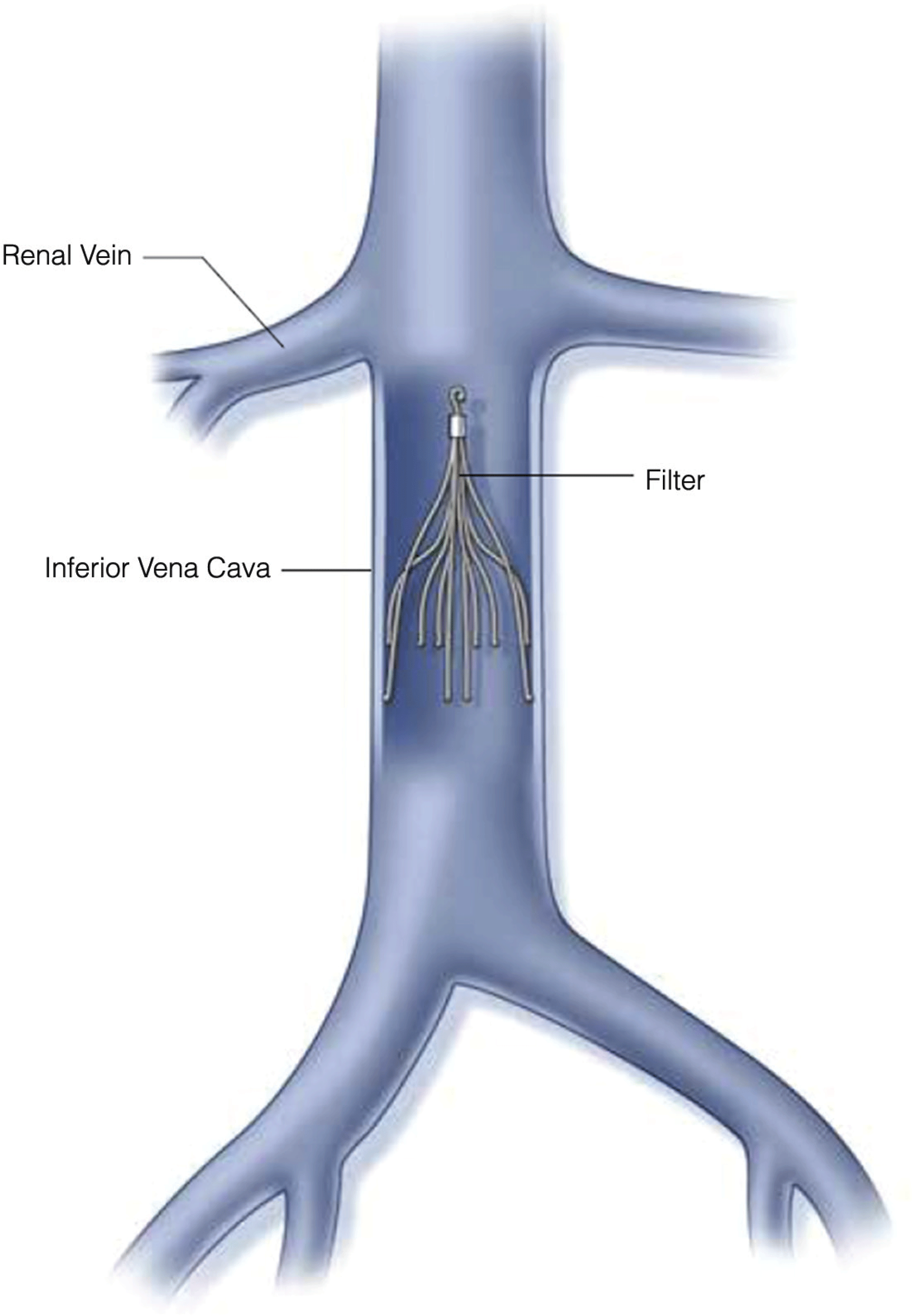
Medical Management Of Pulmonary Embolism
- Description of current guidelines for the management of high-risk (“massive”), medium-risk (“submassive”), and low-risk pulmonary embolism
- Detailed discussion of anticoagulants available in the United States including the newer direct oral anticoagulants
- Review of indications for catheter-based interventions and inferior vena cava filter placement
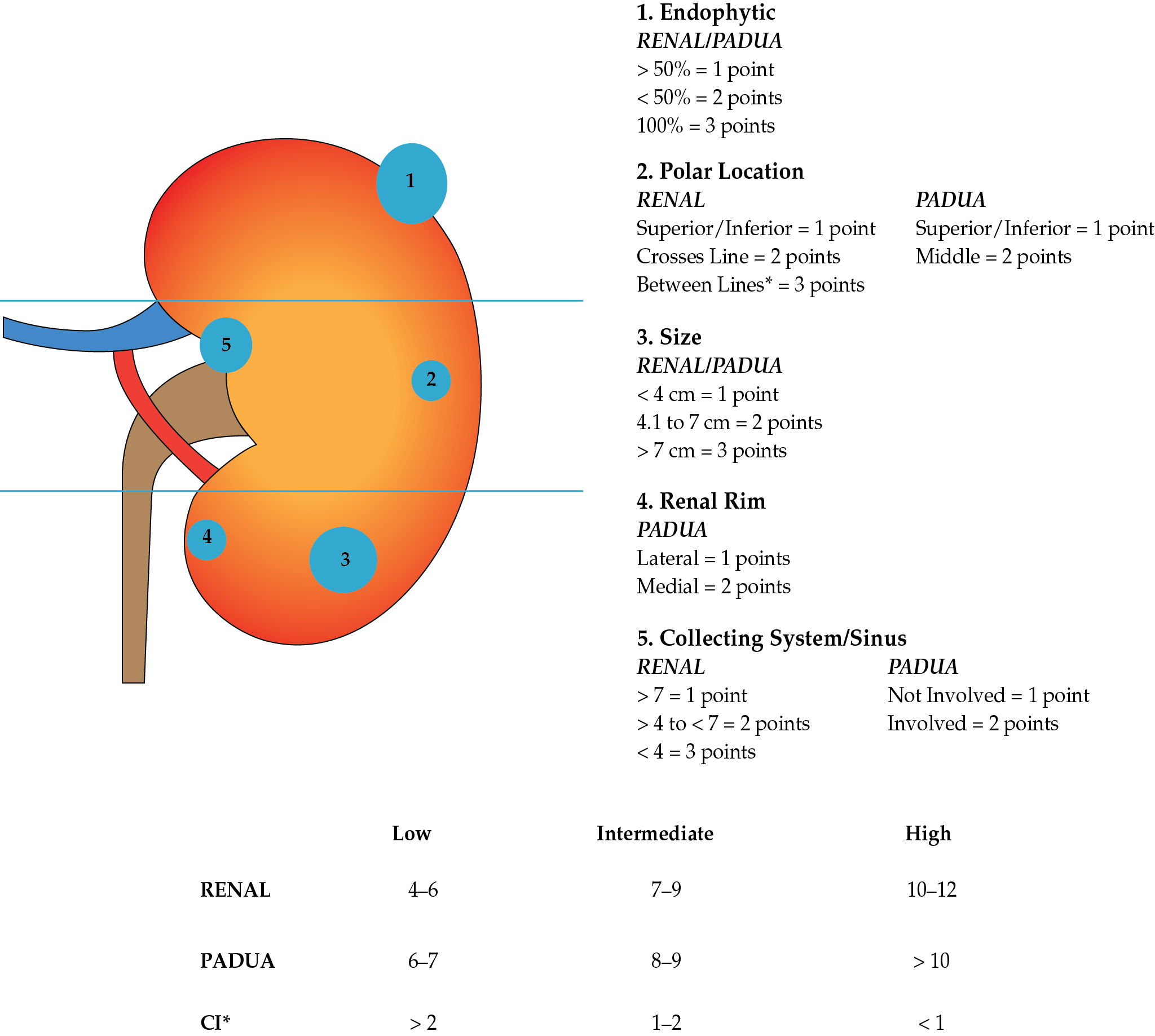
Management of Small Renal Masses
- An improved understanding of the natural history of SRMs underscores their overall slow growth rate and low propensity to metastasize.
- Up to 30% of SRMs are benign, highlighting a role for upfront renal tumor biopsy to stratify those patients requiring therapy. Contemporary experience has demonstrated the safety in performing renal tumor biopsy and the excellent diagnostic rates (> 90%) that can be achieved at centers of excellence.
- There is an increasing role for active surveillance for SRMs, with appropriately selected patients achieving excellent clinical outcomes.
- Partial nephrectomy remains the gold standard treatment for SRMs requiring intervention when technically feasible.
- The management of SRMs is evolving towards a personalized medicine approach with integration of clinical nomograms and genomics to better predict which patients require treatment and when.
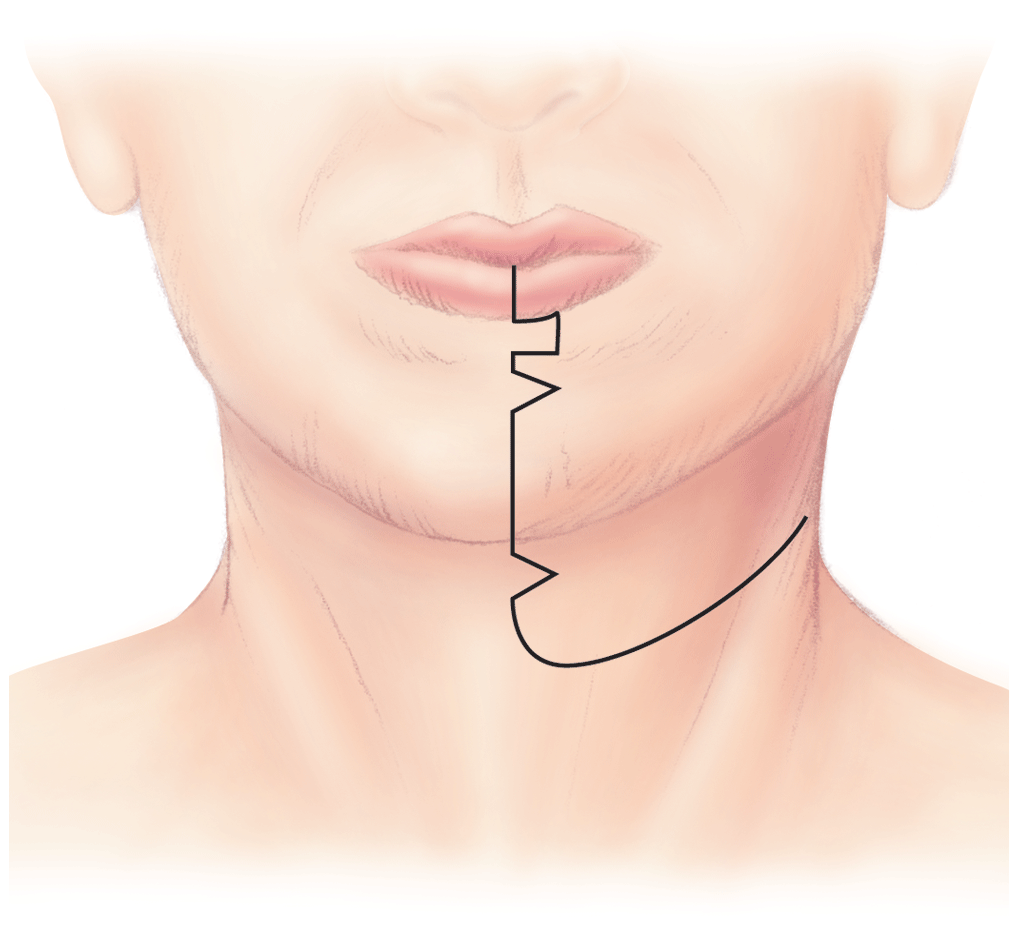
- Positron emission tomography has proven to be very useful in the preoperative evaluation for metastasis and the post treatment evaluation of response to therapy in patients treated for head and neck cancer.
- For surgical planning, a contrast-enhanced computed tomography and magnetic resonance imaging remain the most useful radiologic procedures when managing lesions of the oral cavity.
- Transoral Robotic Surgery has become a useful tool in the management of select oropharyngeal squamous cell cancers but has not had a significant impact on the management of oral cavity cancers.

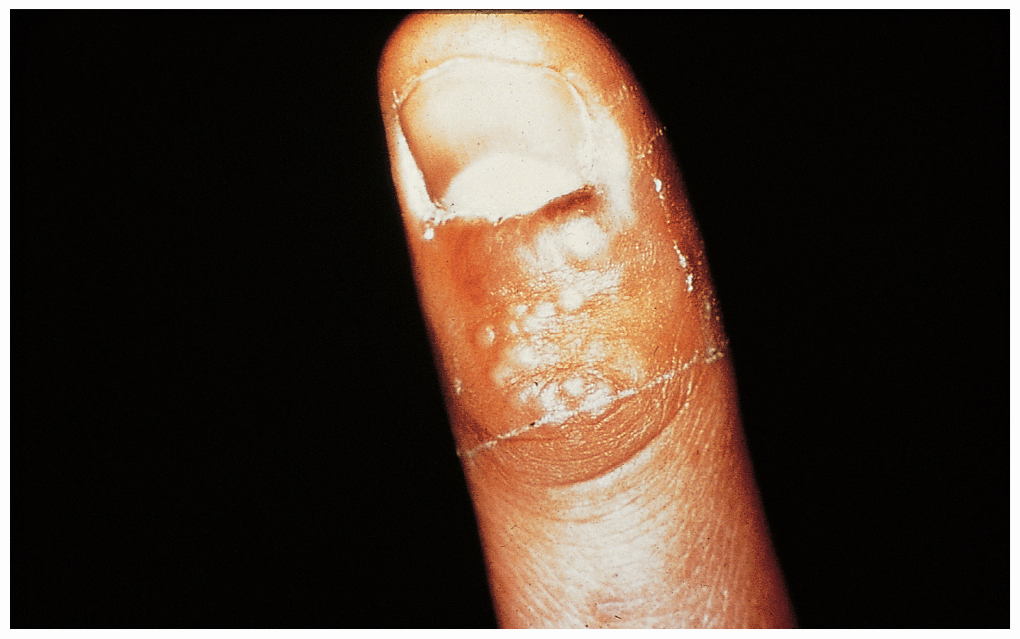


.png)






